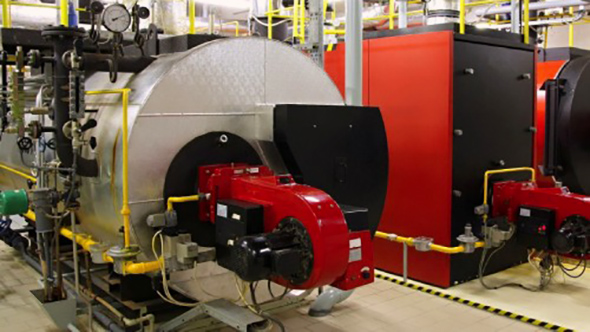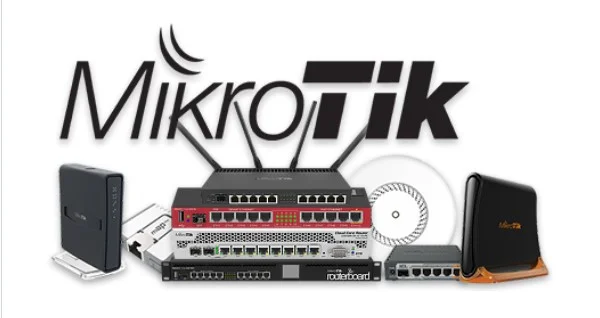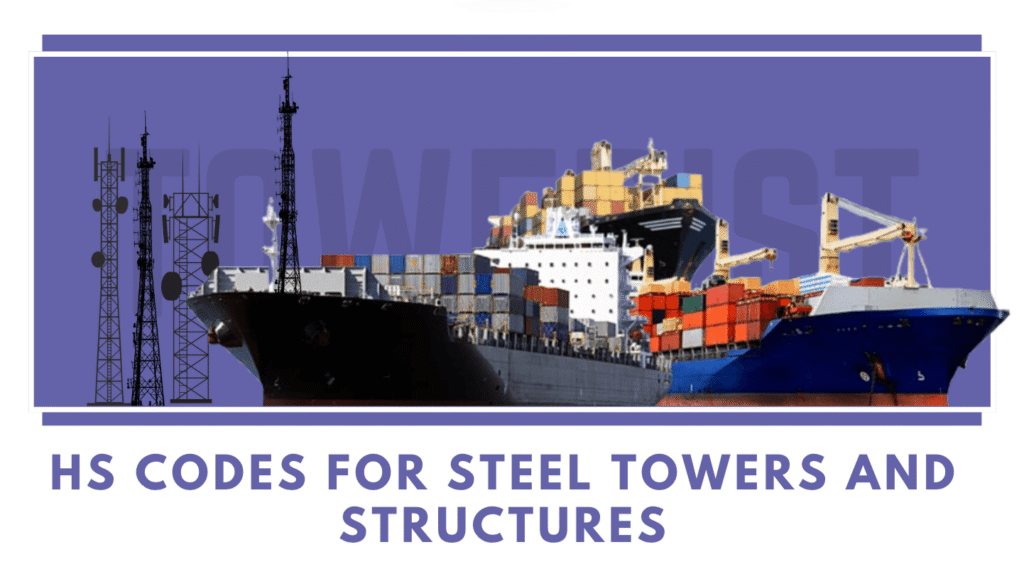Application of MO40 Steel in the Manufacturing of Automotive Parts
The automotive industry is a world in which the choice of every material determines the future of performance and safety. In this arena, MO40 steel shines like a hidden champion within critical automotive components. Understanding the characteristics and capabilities of this steel paves the way for engineers and manufacturers to produce durable, strong, and reliable products. According to Karafarinipress, when selecting raw materials for manufacturing automotive parts, awareness of the price of alloy steel such as MO40 plays an important





